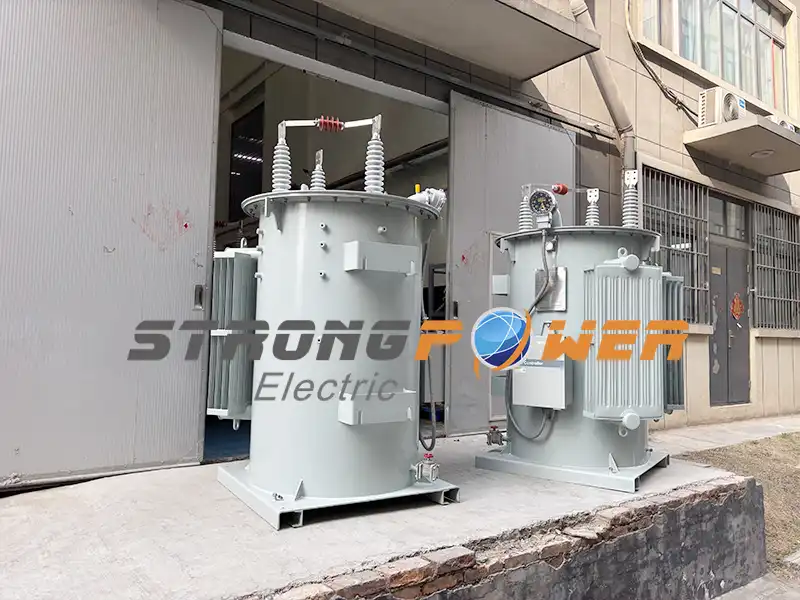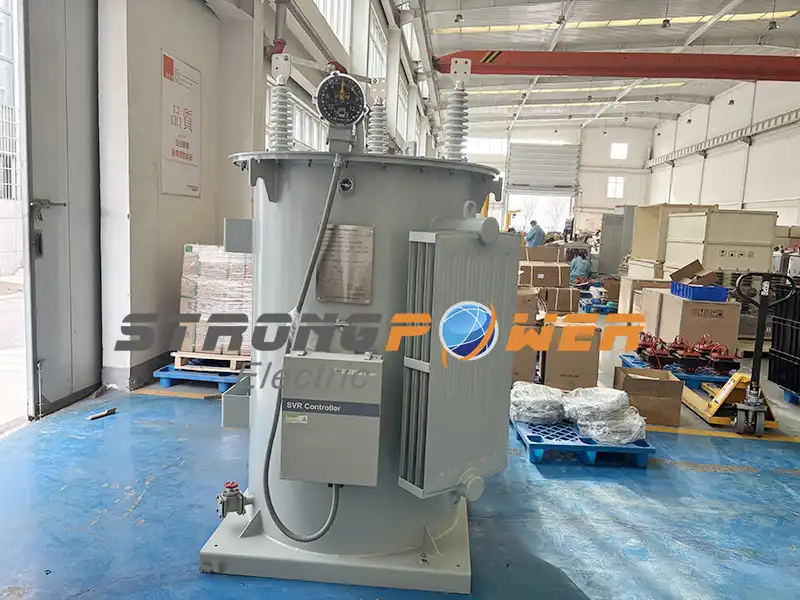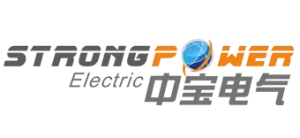How to choose a single-phase voltage regulator manufacturer?
Available in standard ratings up to 500A, Single-Phase Step Voltage Regulators are designed for 12kV, 24kV, and 38kV systems, providing essential voltage regulation across diverse applications.
Built to withstand demanding environments, these regulators are rigorously tested to guarantee long-lasting reliability and optimal operation under the toughest conditions.
Medium-voltage single-phase step voltage regulators are widely used in industrial, power systems, etc, primarily for voltage regulation, equipment testing, and specialized power supply requirements. In long-distance power supply, they compensate for line voltage drops to ensure reliable operation. They can also be installed in distribution lines to automatically adjust voltage, improving power quality in remote areas. When selecting a model, key considerations include voltage level, capacity, control method, and protection features. Strict adherence to safety regulations for high-voltage equipment is essential to guarantee reliable operation.
Why choose them?
Selecting a Single-Phase Step Voltage Regulator supplier requires evaluating factors such as technical competence, quality assurance, customer service, and cost-effectiveness.
GE Grid Solutions
GE’s single-phase step voltage regulator features a modular design and delivers high-precision voltage regulation (±10% range), ensuring stable grid voltage in rural or remote power distribution systems. Key advantages include:
High reliability and rugged construction for harsh environments, extending equipment lifespan.
Ease of maintenance and seamless integration with automated control systems (e.g., SCADA).
Remote monitoring support for enhanced grid management.
However, the higher cost may be less economical for small-scale projects, and the step-type regulation can cause brief voltage fluctuations, potentially affecting sensitive loads.
Eaton voltage regulator
Eaton’s single-phase step voltage regulator (SVR) leverages advanced step-switching technology to deliver precise voltage regulation, ensuring stable output for grid endpoints or sensitive load applications. Featuring overload protection and wide temperature adaptability, it performs reliably in demanding environments. Backed by Eaton’s reputation for durability and long-life design, it offers reduced total cost of ownership.
However, compared to three-phase systems, the single-phase design has limited load-balancing capability, often requiring multiple units for optimal performance—potentially increasing costs. Additionally, the higher initial investment may lead to greater long-term operational and maintenance expenses.
Siemens voltage regulators
Siemens’ single-phase step voltage regulator delivers high precision and fast response, ensuring stable output voltage even in scenarios with significant grid fluctuations. Designed for high reliability and long service life, it performs exceptionally well in harsh environments and continuous operation. Additionally, users benefit from Siemens’ comprehensive technical support and global service network, ensuring seamless operation.
However, the higher cost of these voltage regulators may not suit budget-constrained projects, and their maintenance requires skilled technicians.
Cooper Voltage Regulator
Cooper’s Single Phase Step Voltage Regulator employs advanced stepping technology, delivering high precision (typically ±0.625% per step) and rapid response to effectively mitigate voltage fluctuations. Compatible with existing distribution networks, it is ideal for rural grids and long-distance power transmission, enhancing power quality and prolonging equipment lifespan.
Strong Power single phase step voltage regulator
Strong Power’s single phase step voltage regulator uses advanced step voltage regulation technology, which can accurately and quickly respond to voltage fluctuations and ensure stable output voltage. It is suitable for scenarios with high requirements for power quality.

To minimize procurement risks, align your budget and technical specifications with the supplier’s core competencies. For specialized sectors like new energy grid integration, prioritize assessing the supplier’s compatibility design capabilities.



